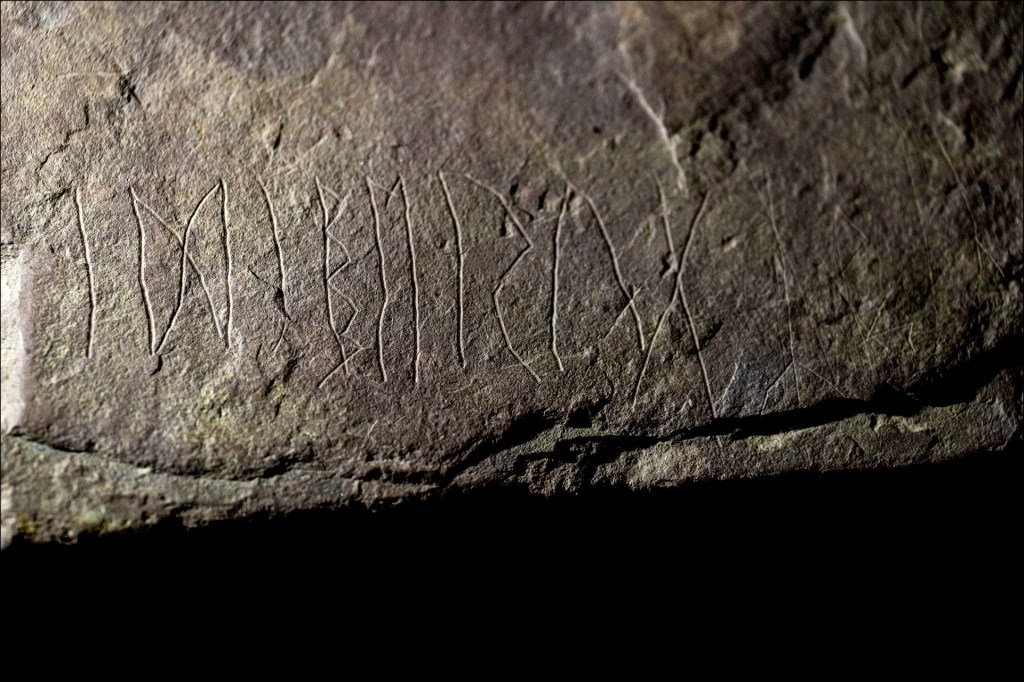8 Questions for Myria Perez

Myria Perez is a fossil preparator and educator at the Smithsonian National Museum of Natural History, in Washington, D.C. She spoke with TFK Kid Reporter Elisha Lee.
1. What exactly do you do for your job?
I work with fossils. I remove rocks from fossils, I’m gluing fossils together, I’m making sure they’re not crumbling. Sometimes, we have dinosaur bones that need to be cataloged and put back into place.
2. What do you love most about your work?
I like that it’s a combination of art and science. And I get to use my hands. When we do jackets—these are things that store the fossils—we have to figure out how we’re going to make them for specific bones or fossils, which can be different shapes.
3. How did you get interested in paleontology?
When I was 12, I went to this event at the Houston Museum of Natural Science. I got a chance to meet paleontologists. I asked, “Hey, can I volunteer?” They let me, as long as a parent came with me. I got to go on fossil excavations excavation the process of digging something up (noun) Ancient objects were found during the excavation. .
4. When you were growing up, how did you find other kids who shared your interests?
In my friend group, I was the only dinosaur kid. My friends were interested in other things, but they were all supportive of my love for fossils.
5. What’s the hardest thing about your job?
Each fossil kind of has its own personality. It needs glue here, or it needs to be fixed. Trying to figure out what each fossil needs is a challenge.
6. Are there times when you can’t put fossils back together?
Fossils erode erode to gradually be worn away (verb) Over time, the cliff began to erode. and pieces go missing. You do your best to fit the pieces you know back together. The pieces you don’t know—you don’t try to make anything up—but sometimes, if you have a gap in a specimen specimen an example of something (noun) Students studied the specimen of a dinosaur egg in the lab. and it needs support, we’ll put some putty in there that’s clearly not fossil. When people study it, they know not to study that part.
7. Why is studying fossils important to us today?
The past is the key to the present. If we learn how ancient ecosystems worked, we can prepare for what’s going to happen to them in the future.
8. What’s one lesson you’ve learned that you would like to share with TFK readers?
Be brave and ask questions. Always be curious. Chase after your passion and find out more.












